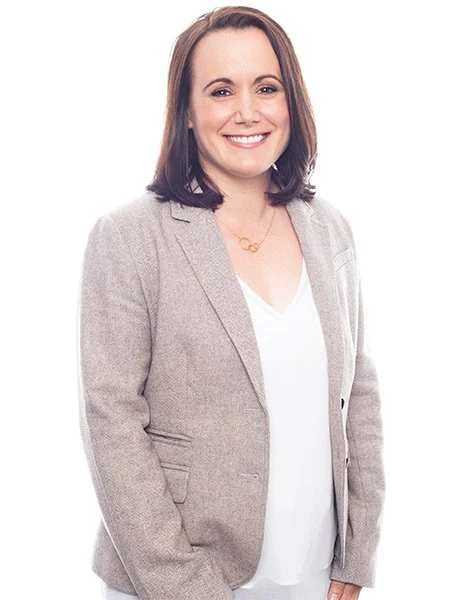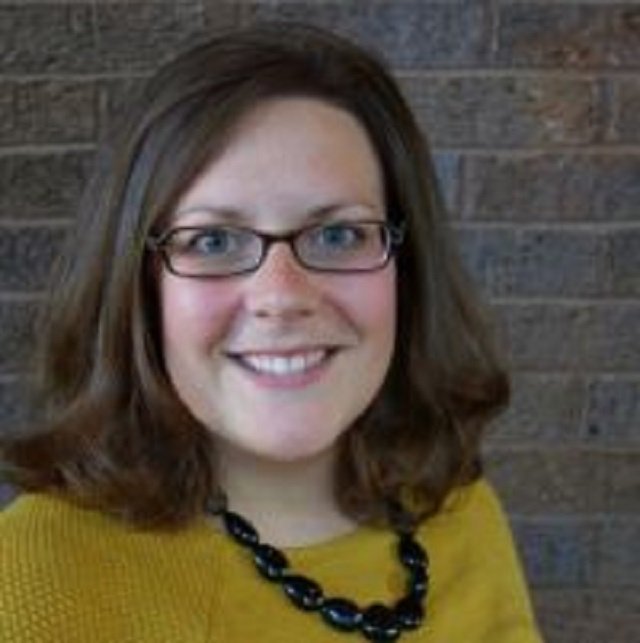2022 Mass timber webinar series
The field of mass timber is highly interdisciplinary. This webinar series will feature top researchers and practitioners in mass timber innovation.
additional links and seminars that may be of interest:
Starker Lecture Series: Women of Forestry: inspiring leadership
Spring Creek Lecture Series: Lookout: Envisioning Futures with Wildfire
Tanya Luthi, vice president, entuitive
Lecture Title: CLT in the New York City Building Codes
New York City has recently approved a new building code that allows construction with cross-laminated timber (CLT), a material that was previously prohibited. This presentation will review the recent history of mass timber construction in New York City, give an overview of the code revision process and key stakeholders, and discuss the opportunities for mass timber in this important US market.
Watch the recorded lecture here.
jennifer cover, president & ceo, woodworks
Lecture Title: Mass Timber: Trends in The New Urban Solution to a Global Carbon Challenge
How can we create more sustainable cities and meet the needed carbon reduction goals in the face of a 30% world population growth over the next 30 years, when the construction industry already generates 49% of CO2 emissions? While it seems like an impossible situation, this presentation will demonstrate why mass timber systems are an important part of the urban solution. It will also cover insights on the current state of mass timber in the U.S., including the key market drivers for early adopters and market trends.
As President of a non-profit organization that provides education and free support to project teams seeking a more sustainable way to design, Jennifer Cover will offer unique insights on the growing use of mass timber in the U.S. The presentation will give a brief overview of attributes that make wood a sustainable choice, including renewability, carbon sequestration, low embodied energy, and the potential positive impacts on forest health. The main focus of the discussion will be on building advancement trends as well as changes approved for the 2021 International Building Code that are allowing wood buildings up to 18 stories.
Watch the recorded lecture here.
keri ryan, professor, university of nevada, reno
Lecture Title: Design of non-structural components in tall timber buildings
To advance the wood products market, new design solutions for tall wood buildings using mass timber products are being developed. In particular, post-tensioned rocking walls built with cross-laminated timber (CLT) or other mass timber products have been proposed as a seismic resilient lateral system. To advance the seismically resilient mass timber solutions for tall buildings, a comprehensive shake table test of a 10-story building with mass timber rocking walls is planned for 2022 on the NHERI@UC San Diego outdoor shaking table. An essential aspect of building resilience is assurance that nonstructural components sustain minimal damage or are easily repairable. The vertically-distributed drift-sensitive components such as nonstructural walls and stair towers are expected to be among the most vulnerable components. To support rapid resumption of building operation, these components should be designed to accommodate the drift in the main structural system with minimal damage.
This presentation will review mass timber construction and the new lateral system concept, as well as an overview of the 10-story test structure. An overview of nonstructural subassemblies planned for inclusion in the upcoming test will be presented. The subassembly configurations include emerging details as well as those that have been available for some time but are untested. Overall, the project provides an exciting opportunity to validate state-of-the-art seismic detailing and identify the best performing systems to help advance design practice.
Watch the recorded lecture here.
lisa podesto, senior business development manager, lend lease
Lecture Title: Complexities in Mass Timber Construction
Watch the recorded lecture here.
laura hasburgh, Materials Research Engineer, US department of agriculture
Lecture Title: Supporting the Forest Service Mission through Mass Timber Fire Research
The US Forest Service is dedicated to sustainable use of our Nation’s forest resources to meet the needs of present and future generations. This includes conducting forest products research that develops and increases the uses for small diameter timber, removing woody biomass to reduce the risk of catastrophic wildfires. Mass timber, such as cross-laminated timber, achieves the sustainable goals and is successfully being deployed in structures throughout the United States. However, widespread adoption has not occurred partially due to concerns about combustibility and the fire performance for larger and taller structures.
Understanding how fire effects material properties of wood and the effects of exposed wood on the fire dynamics of a structure requires a multi-scale approach. This presentation will review recent research projects that are aimed at advancing and enhancing the safety of wood products for the built environment while meeting the Forest Service’s mission.
Watch the recorded lecture here.
lauren stewart, associate professor, georgia institute of technology
Lecture Title: Cross-Laminated Timber (CLT) for Temporary Military Structures
Designers do not typically choose wood for force protection because of its relatively low strength compared to steel or concrete. However, cross-laminated timber as a mass timber product is not one’s “typical” wood. Because builders frequently use wood for expedient construction due to ease of construction and availability, mass timber products like CLT warrant a more in-depth analysis for protective construction. Temporary military structures require different standards and metrics compared to typical wood construction. An attribute of critical interest is the inherent force protection of the construction materials, or the system built from them, as guidelines for anti-terrorist/force protection (AT/FP) must be addressed for military construction. Known attributes of CLT, including its rapid constructability and energy efficiency, make it a material of high interest for temporary structures, and increase interest in the material performance in terms of AT/FP standards. This research investigates the blast and ballistic performance of CLT via multiple experimental programs. Models for ballistic analysis are included and recommendations for future research are presented.
Watch the recorded lecture here.
Bronwyn chorlton, Fire Safety Researcher, fp innovations
Lecture Title: Enhancing the Fire Resilience of Timber Structures
Though one of the oldest building materials, timber is seeing renewed interest worldwide. Timber structures are being constructed ever taller, and architectural desires warrant the use of exposed timber, including in large open spaces. Meanwhile, though the complexity of contemporary timber structures continues to increase, timber in culturally significant heritage buildings is often removed due to concerns over its fire performance. This presentation will provide an overview of ongoing and completed research related to improving the fire resilience of both contemporary and heritage timber structures. This discussion will include novel research projects related to encapsulation performance of timber members subjected to real fires, the fire performance of timber connections, as well as a comparison of the fire performance of heritage timbers relative to contemporary timbers.
Watch the recording here.
maria koliou, assistant professor, texas a&m university
Lecture Title: Balloon-Style Cross Laminated Timber Buildings - A New Construction Perspective
Cross Laminated Timber (CLT) is an innovative construction product that originated in Europe approximately 20 years ago and has gained considerable momentum in North America, starting with buildings in Canada and now the U.S. A rapid construction approach for CLT is balloon style construction where three- or four-story CLT walls are tilted up and floor systems hung from them, serving as horizontal diaphragms and providing lateral stability. These types of CLT systems have not been explored enough to be able to be used in multi-family housing units in the U.S. The overall goal of this work is to enable construction of balloon-style cross laminated timber (CLT) buildings such as low-rise single and multi-story residential buildings which includes apartment complexes.
Low-rise residential and commercial structures are prolific in both suburban and rural areas of the country and the ability to use CLT technology will substantially improve the resilience and sustainability of these types of buildings. This goal is achieved through a well-defined set of analytical/numerical studies in direct coordination and feedback from an Expert Panel comprised of stakeholders heavily involved in the mass timber wood industry and construction. This study consists of a well-defined and efficient test program on connections, followed by a comprehensive seismic collapse assessment study of a set of balloon-style CLT buildings in order to demonstrate the margin against seismic collapse. The findings of this work will be proposed with industry partners and the members of the Expert Panel to U.S. code committees for adoption into U.S. seismic codes to enable balloon-style CLT multi-family residential buildings in seismically active regions of the U.S.
Watch the recorded lecture here.







